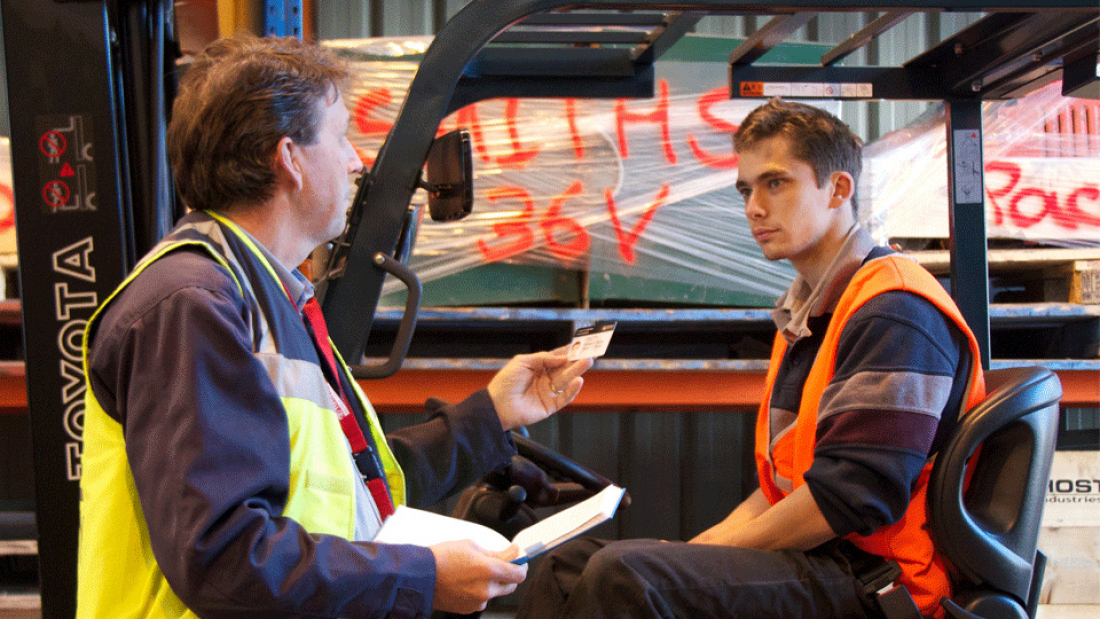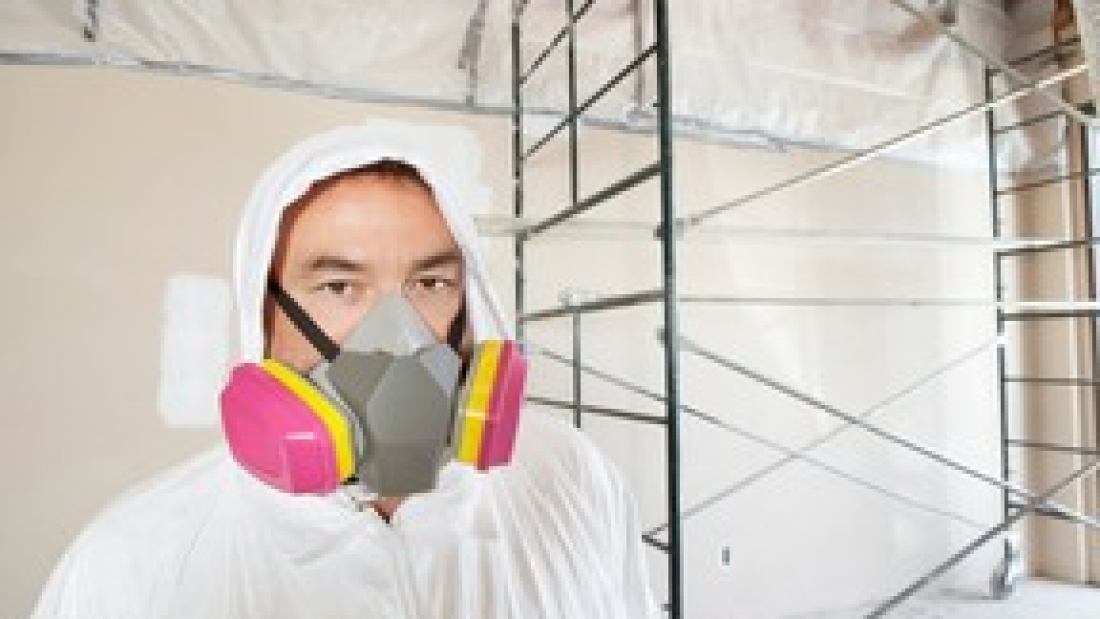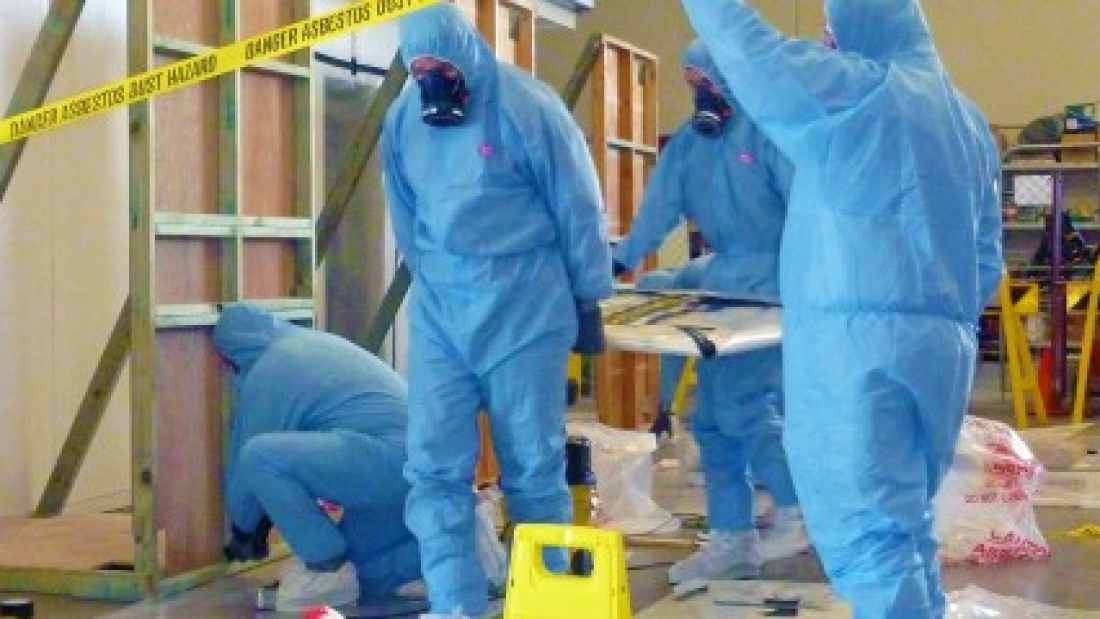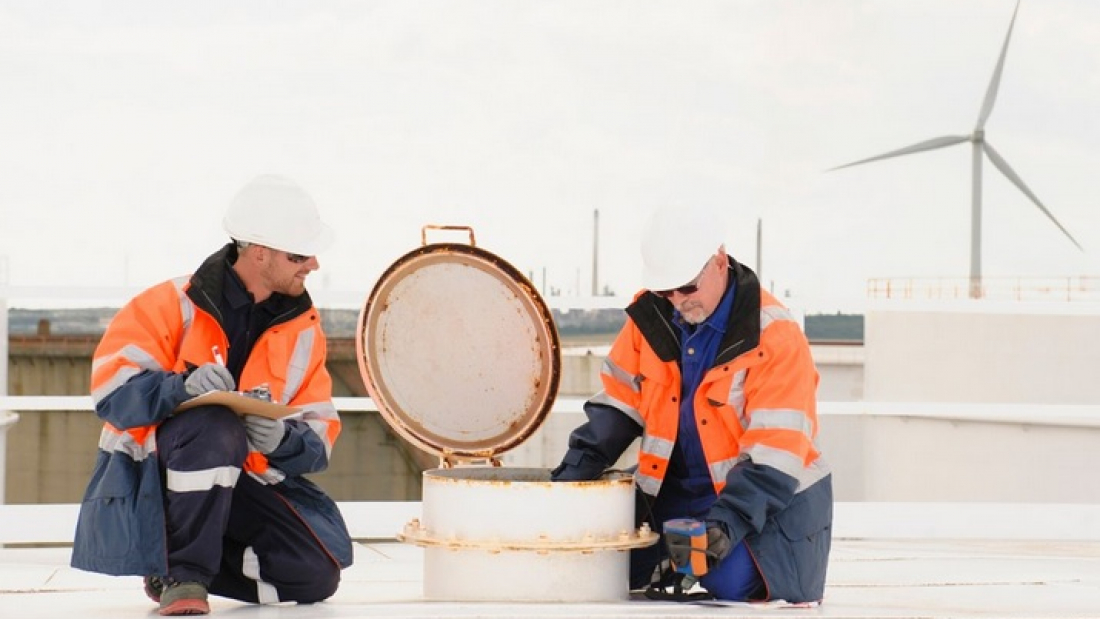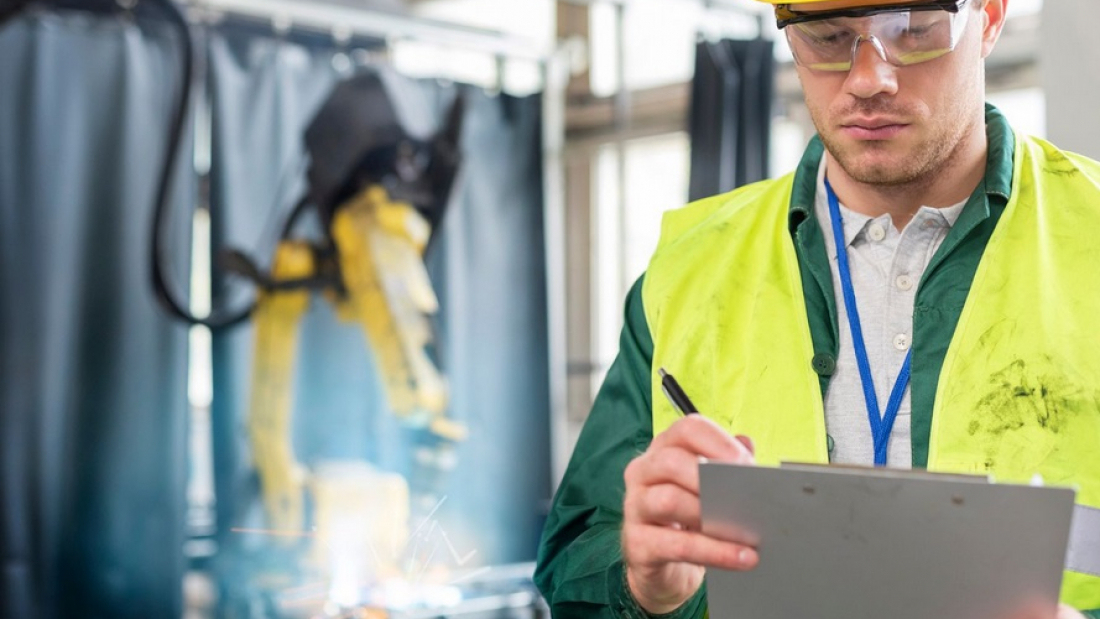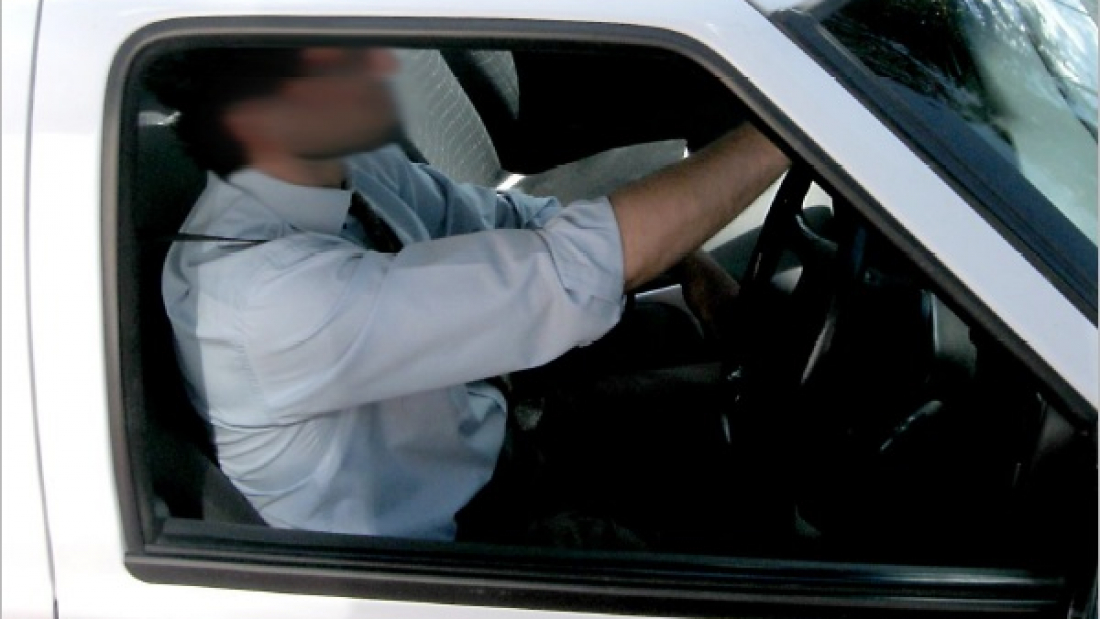Types of Health & Safety Consultants
As explained by WorkCover South Australia in How to Select an OHS Consultant: A Guide for Managers, the term Health & Safety Consultant covers a broad range of skills and disciplines.
OHS consultants (now often referred to as WHS consultants) may have a varying qualifications and experience. In the WorkCover publication the list of OHS consultants includes:
Occupational Physicians, Occupational Hygienists, Safety Professionals, Ergonomists, Occupational Health and Safety Management Consultants, Occupational Health Nurse Consultants, Occupational Therapists, Occupational Physiotherapists and Health Physicists.
This regulator guildeline makes an excellent resource for managers who are new to selecting a health & safety consultant and provides a range of things to consider.
The following provides some more information on the various types of health and safety consultants that can be provided by OSHEM Solutions.
Occupational hygiene is sometimes referred to as industrial hygiene. It is the scientific and technical approach to the recognition, evaluation and control of chemical, physical and biological factors that may adversely affect the health, comfort and efficiency of people in the work environment.
During the identification phase of hazard management, the occupational hygienist will consider and note matters such as:
- Raw materials, products, by-products and principal airborne contaminants
- Physical hazards, such as noise, heat, radiation
- The number of employees exposed and potentially exposed to each health hazard
- The mechanism of exposure
- Control measures in use
On the basis of the hygienist’s knowledge and experience, a more detailed investigation may be required, particularly in relation to the airborne concentration of contaminants or the intensity of the physical factors. The hygienist will devise the monitoring strategy (duration and frequency of sampling), method of evaluation, analytical technique and, most importantly, the interpretation of the results in the context of current occupational health standards. The occupational hygienist may, based on the initial hazard survey or as a result of more detailed monitoring work, make recommendations on the most suitable preventative measures.
These may include:
- Substitution by less hazardous materials
- Enclosure or isolation of dangerous processes
- Attention to general and local ventilation
- Improvement to work procedures, taking into consideration ergonomic and psychological factors
- Improvements to personal hygiene and good housekeeping
- The correct personal protective equipment to be used and how it should be used.
The specialist practitioners in this field, known as occupational hygienists (or industrial hygienists), hold professional qualifications in science or engineering, and have acquired skills from practice or education in occupational hygiene.[/vc_column_text][/vc_accordion_tab][vc_accordion_tab title=”Safety Professional”][vc_column_text]Safety is the application of the physical and social sciences to the prevention of incidents. It includes the conservation of health, life and property through education, investigation, research, invention and design and the development and direction of risk reduction programs.
The safety consultant is likely to have a background that includes statistics, chemistry, engineering, behaviour motivation, communication, management theory and/or organisational practice.
The functions of a safety consultant include:
- The identification and appraisal of work health and safety exposures, loss producing conditions and practices, and evaluation of the consequences.
- Provision of advice concerning compliance with applicable laws, regulations and standards; and the determination of the need for surveys by allied Work Health & Safety consultants (e.g. hygienists)
- The development of incident prevention and loss control procedures and programs, including developing policies, procedures and safety standards for an organisation, incorporating essential safety and health requirements in purchasing and contracting specifications, to advising on the application of safety principles in design and manufacture to achieve maximum product safety
- Communication of incident and loss control information to staff and management
- Measurement and evaluation of incident and loss control systems and instigating appropriate modifications.
Several criteria can be examined when choosing a safety consultant including:
- Experience
- Consultancy Achievements
- Qualifications in OHS
Ergonomics takes the psychological, physiological and anatomical characteristics of people and applies this knowledge to ensure the best possible match between people and their tasks and environment. It is concerned with developing reliable information about human beings in a variety of environments and applying this knowledge so that people perform more efficiently, safely, comfortably and healthily.
Ergonomists may come from a variety of backgrounds including psychology, engineering, architecture, physiology, management, medicine, physiotherapy and occupational therapy.
An organisation may need an Ergonomist:
- During establishment, at the design stage, to improve efficiency by fitting the working environment to the worker
- When planning renovations or upgrading and when planning to purchase new equipment or introduce new systems
- When injuries or diseases occur – as part of the investigation and prevention process
- As part of rehabilitation or return to work for injured employees
- To provide training and education
- To investigate problems such as fatigue, loss of vigilance and heavy workloads
- To promote and develop physical conditioning through exercise programs and graduated return to appropriate duties
- To evaluate changes introduced into the workplace
Factors to be considered when engaging an Ergonomist include:
- The tertiary qualifications of the person
- Details of specific experience and the results achieved.
An OHS Management Consultant can act as the link between the business and the technical aspects of an Occupational Health & Safety Management System (OHSMS). This can help to assure compliance with legislative requirements and maintenance of adequate work health and safety (WHS) standards. The OHS consultant can provide advice and assistance to Government, registered associations and employees on related issues. In particular, the OH&S consultant may provide advice and assistance in the following areas:
- Legislative obligations
- Strategic planning
- OHS management systems (OHSMS)
- Policy development
- Hazard management principles
- Effective OHS communication
- Consultation with workers
- OHS committees and WHS representatives
- Designation of functional responsibilities
- Cost evaluation and control
- Identification of specialist needs
- Performance appraisal
- OHSMS auditing
- Rehabilitation policy and claims management systems for the reporting, recording and analysis of injury statistics
- Development of emergency response systems
- Mechanisms for the identification, assessment and control of risks
The OHS consultant works closely with other work health and safety professionals in the identification of hazards and assessment of risks and in the development of appropriate control strategies.
The primary qualifications for an occupational health and safety management consultant could be in OHS and include areas as diverse as law, personnel, management or industrial relations.
Post-graduate qualifications in OHS are essential. OHS Management Consultants should also be able to demonstrate wide experience in the field.
